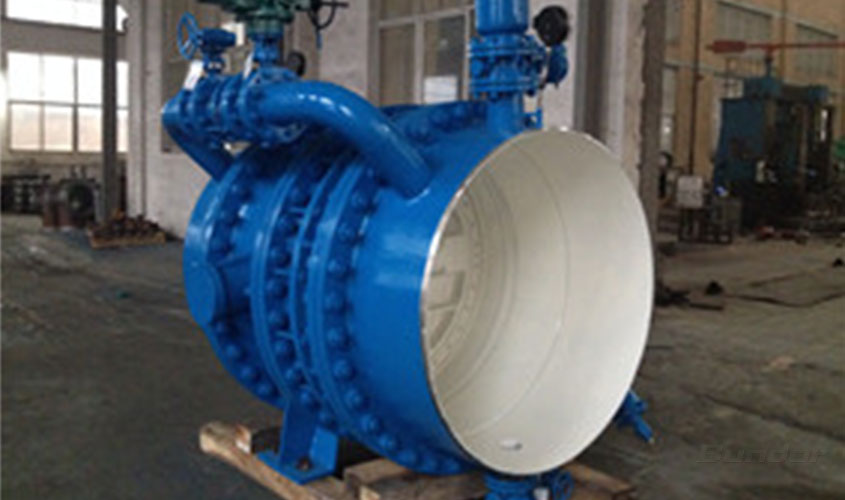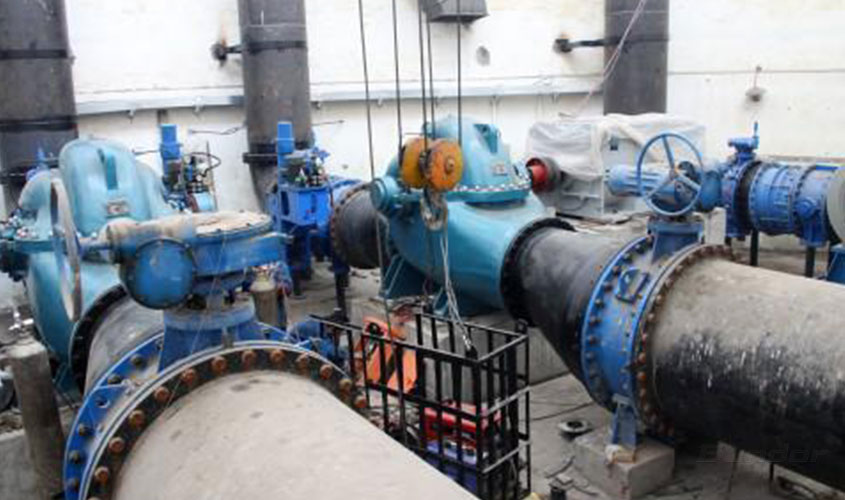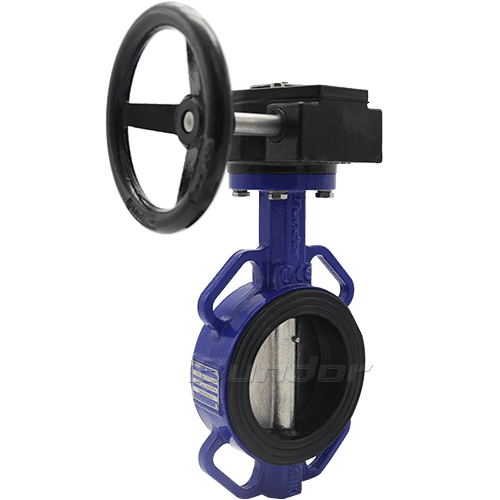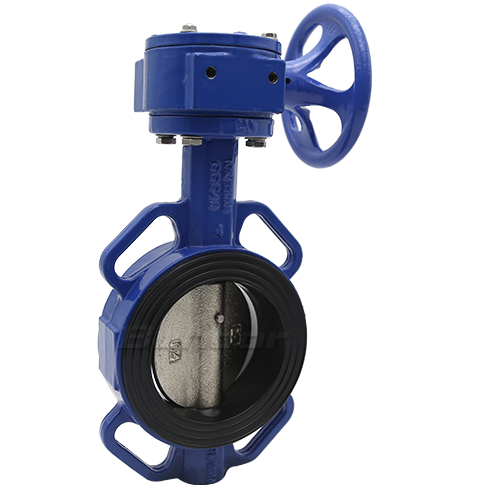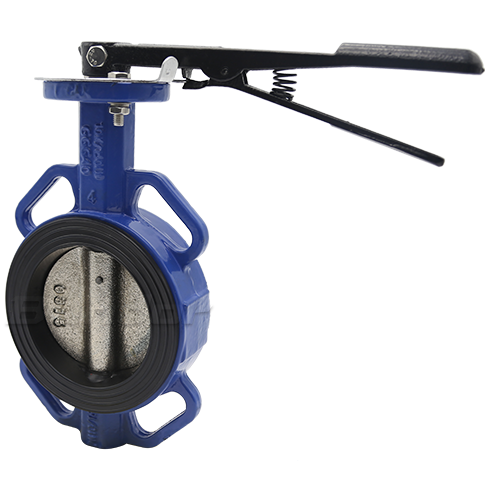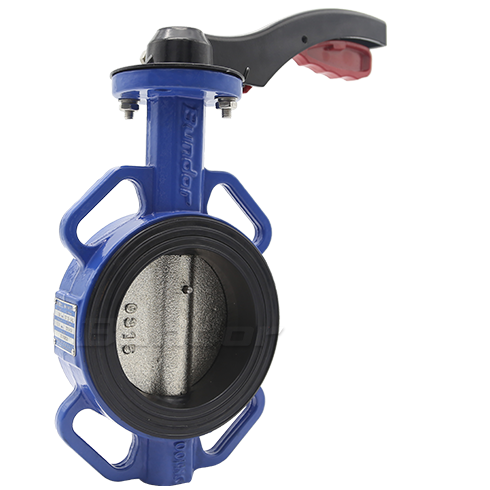The pneumatic wafer-type butterfly valve is beautiful in appearance and matched with the pneumatic actuator. The valve wrench and the valve shaft can be connected without a pin, and the medium is completely isolated from the valve shaft valve body, which makes its maintenance simple and easy. Pneumatic wafer type butterfly valves are widely used in industrial automation systems for food, environmental protection, light industry, petroleum, paper, chemical, electric power and other industries. The pneumatic wafer-type butterfly valve is divided into a soft seal and a hard seal, and the two products each have their own different characteristics.
The design features of the high quality pneumatic wafer type butterfly valve include the following points. The valve body and end cover are desmelted and precision cast. The valve stem has an explosion-proof design. The standard air supply interface can be connected directly to the solenoid valve. The anode of the cylinder inner wall is hardened without secondary lubrication. The switch position has +/-5° stroke adjustment for easy operation. It can be installed at any angle of 360 °C. Its performance specifications are as follows. The nominal pressure is 1.0 MPa to 2.5 MPa. The nominal diameter is DN32~DN600. Its applicable temperature is -20~+120 °C. These properties of hard-seal butterfly valves will be higher. The soft-sealed pneumatic wafer type butterfly valve is used in a normal temperature environment. Hard seal soft seal pneumatic wafer type butterfly valve can be used in low temperature, normal temperature, high temperature and other environments.
We sometimes encounter the phenomenon that the pneumatic wafer type butterfly valve does not work. Is it a problem of improper use or product quality? Here is a reference for the way we go to troubleshoot the cause. The pneumatic pair butterfly valve is mainly composed of a pneumatic actuator and a butterfly valve. We install pneumatic accessories according to the user's requirements. The pneumatic accessories of the switch type pneumatic butterfly valve are equipped with a solenoid valve and a limit switch. The adjustable version is equipped with a positioner and a filter reducer. Therefore, when the pneumatic butterfly valve fails, it is necessary to check the cause from each component one by one. There are mainly the following reasons.
1. Pneumatic actuator: (1) no air source, air source is not open (2) air source pressure is insufficient (3) cylinder piston aging fracture (4) piston gear rack wear (5) single-acting actuator due to spring long-term Rust caused by not using it
2. Valve body: (1) The valve stem is twisted or broken (2) The inner leakage of the medium causes the valve stem to rust. (3) The medium has impurities, causing the valve plate and the valve seat to be stuck.
3. Solenoid valve: (1) The terminal is loose or detached, and the power is not good. (2) The coil is burnt out. (3) When there is impurity or too little oil, the solenoid valve is easy to get stuck. (4) The solenoid valve leaks and the air source pressure is insufficient.
4. Positioner: (1) The air source is not turned on (2) In the winter, the air source is icy and the air duct and the filter are clogged (3) The regulator and the regulating mesh diaphragm are damaged.


